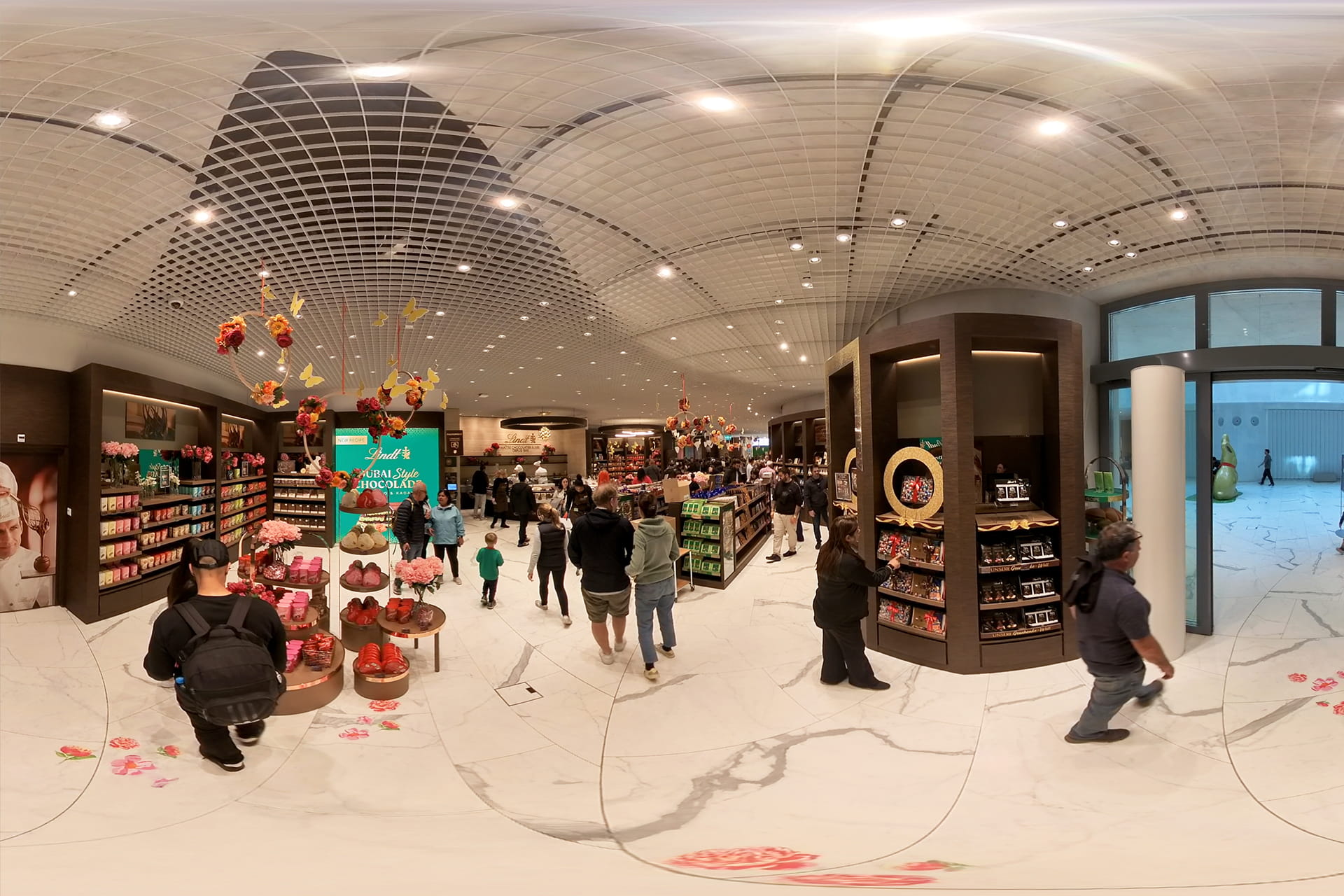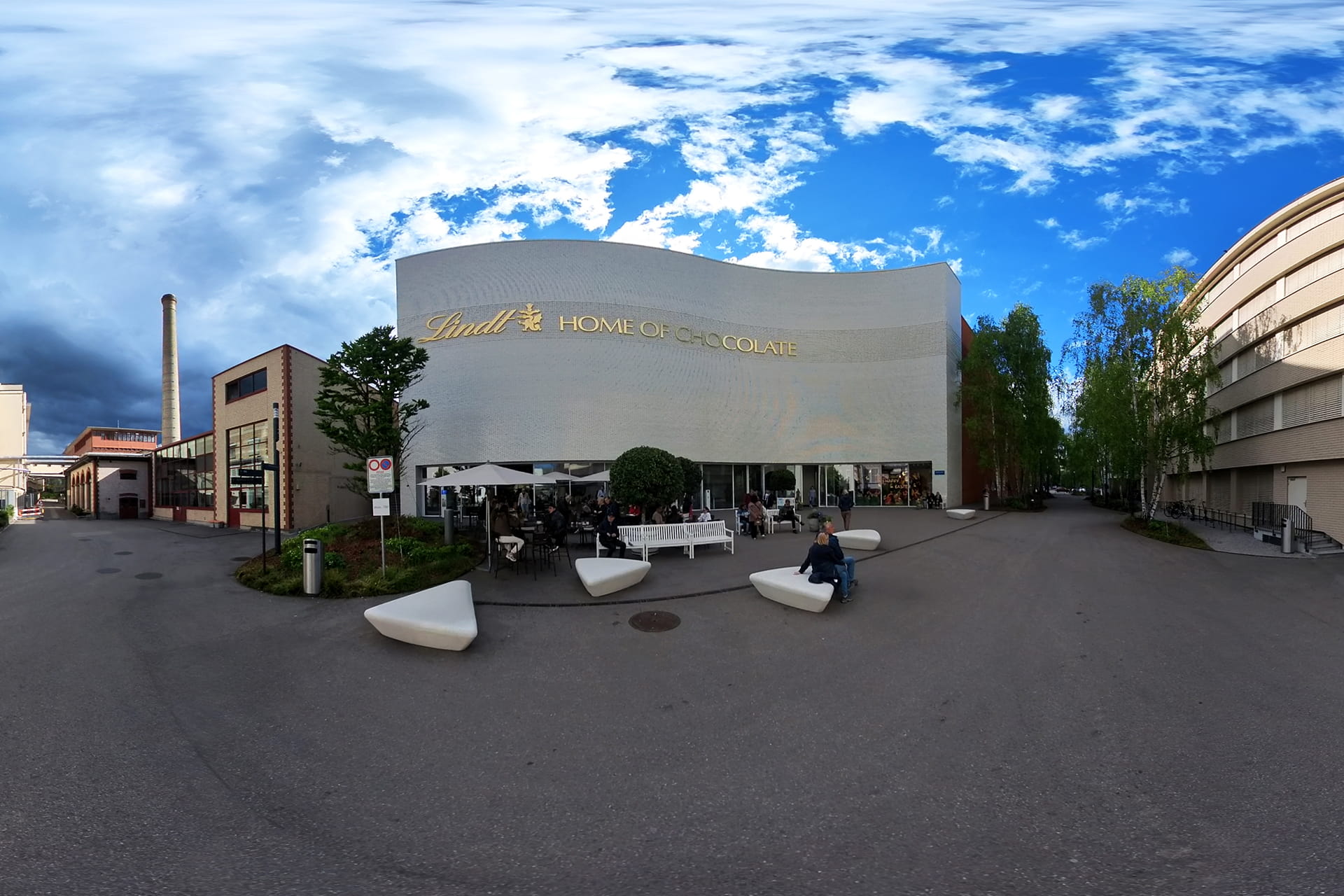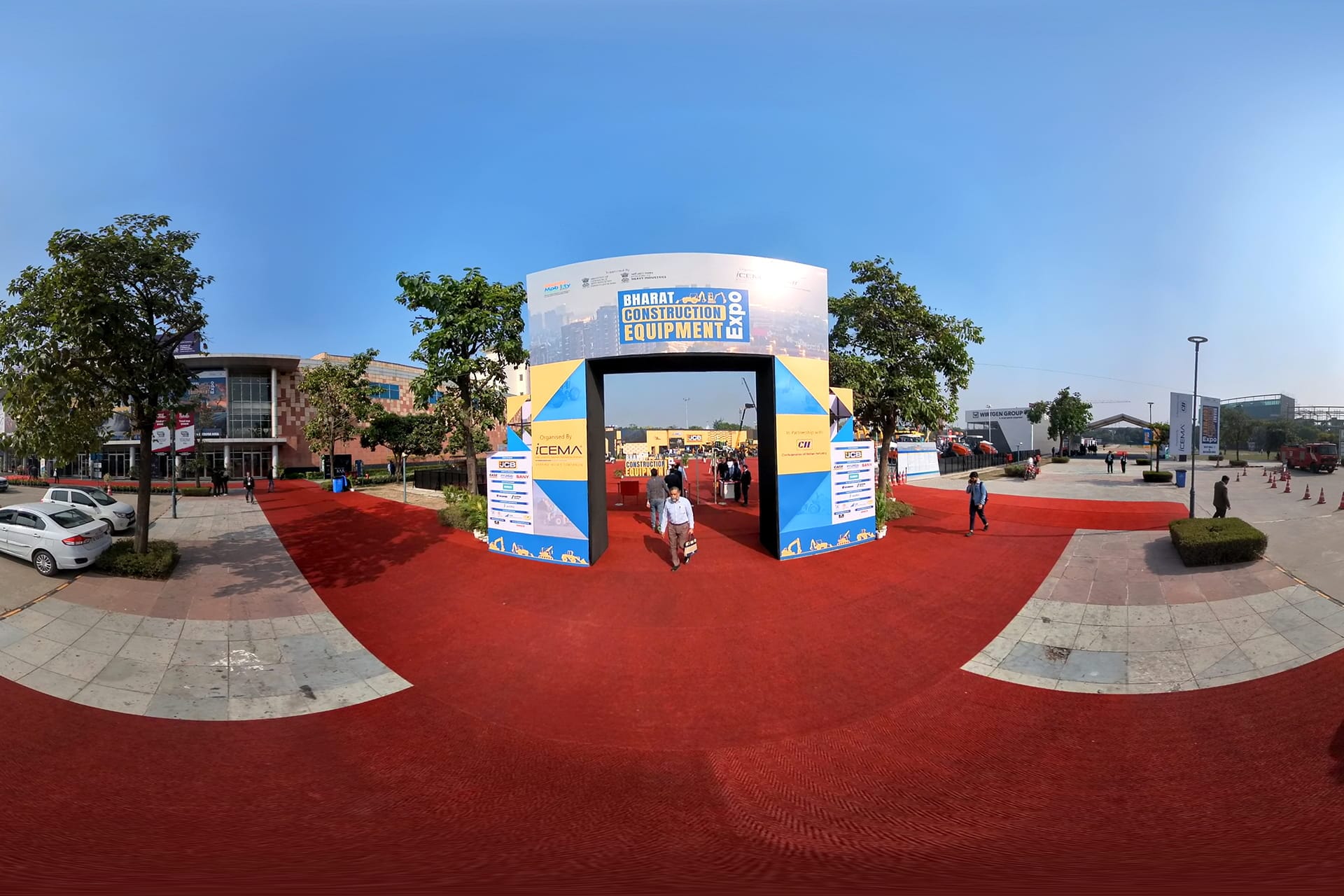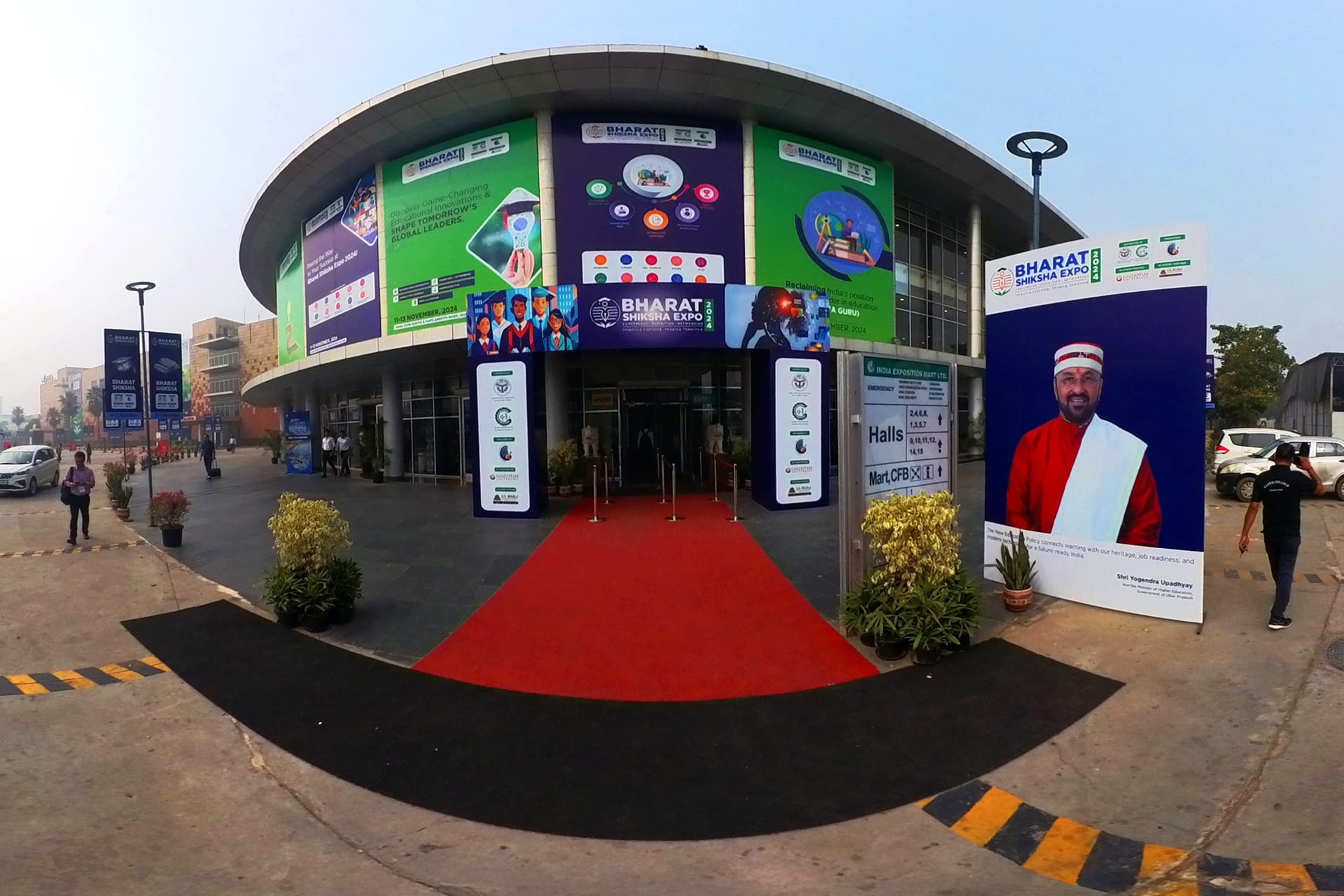In today’s fast-paced business environment, organizations are constantly seeking innovative ways to train employees and keep them engaged. Traditional methods such as manuals, classroom sessions, and videos often fail to capture attention or simulate real-world scenarios effectively.
This is where Virtual Reality (VR) development is transforming corporate training. By creating immersive, interactive experiences, VR helps employees learn faster, retain knowledge better, and apply skills in realistic environments.
1. Why VR is the Future of Employee Training
- Immersive Learning: VR places employees in realistic scenarios, allowing them to practice tasks safely.
- Higher Retention Rates: Studies show that immersive training improves knowledge retention by up to 75% compared to traditional methods.
- Cost-Effective: Reduce expenses on travel, training facilities, and printed materials.
- Scalable Training: Deploy VR modules across locations for consistent learning experiences.
2. Key Applications of VR in Business Training
A. Safety and Compliance Training
- Simulate hazardous situations like chemical spills, construction site accidents, or fire drills.
- Employees learn how to react safely without real-world risks.
B. Soft Skills Development
- Enhance communication, negotiation, and leadership skills.
- VR simulations provide realistic customer interaction scenarios.
C. Product Knowledge and Technical Training
- Train employees on complex machinery, tools, or software systems.
- Allow employees to practice step-by-step processes in a virtual environment.
3. How VR Enhances Employee Engagement
- Interactive Experiences: Employees actively participate instead of passively consuming information.
- Gamification Elements: Reward systems, challenges, and scoring make learning fun and competitive.
- Personalized Learning Paths: VR modules can adapt to the learner’s pace and skill level.
4. Measuring VR Training Effectiveness
- Track performance metrics such as completion rate, accuracy, and time taken.
- Gather feedback through VR surveys and interactive assessments.
- Compare with traditional training methods to quantify improvements.
5. Implementing VR in Your Organization
- Assess Training Needs: Identify areas where VR can provide maximum impact.
- Choose the Right VR Development Partner: Ensure the provider can create customized, interactive modules.
- Integrate with LMS: Combine VR with Learning Management Systems for tracking and reporting.
- Pilot and Scale: Start with a small group, gather feedback, then expand across teams.
Conclusion
Virtual Reality is no longer a futuristic concept—it’s a practical tool transforming employee training and engagement. Businesses adopting VR gain a competitive edge by providing immersive, interactive, and effective learning experiences.
At 360Biznus, we specialize in VR development for corporate training, delivering customized, engaging, and measurable VR solutions that enhance employee skills and productivity.
Get in Touch
Whether you want to develop a new 360 Virtual Tour, 3D Product Display, 360 Product Spin Photography, Google 360 Street View or update an existing 360 Virtual Tour, we're eager to assist.
Call / Email Us / fill in the form below.










